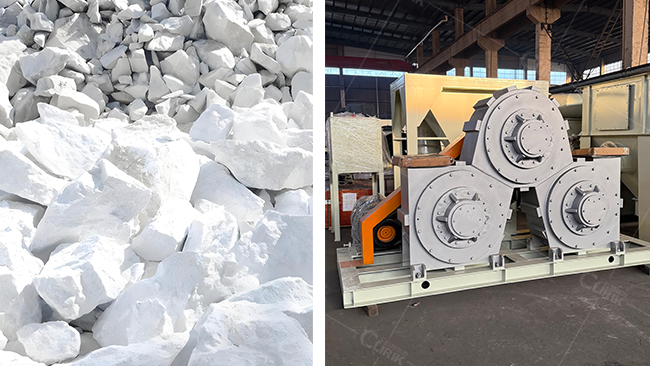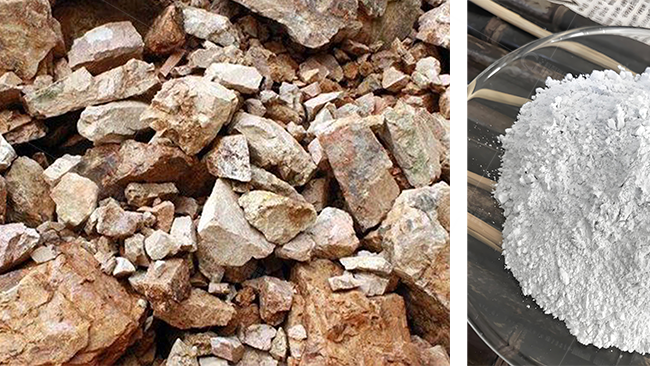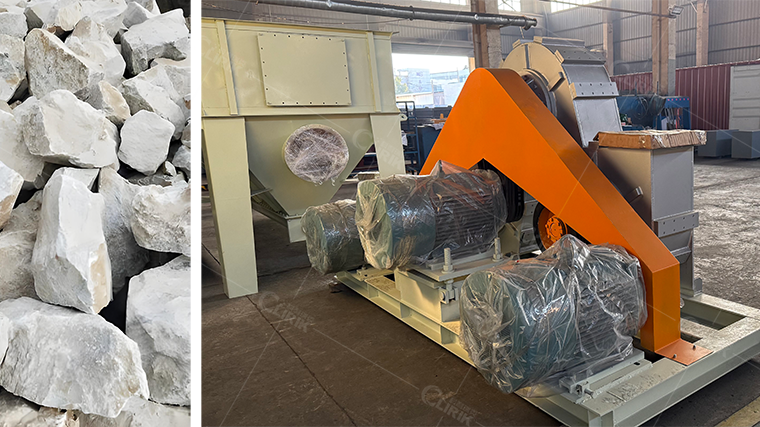Clirik’s powder surface coating machine has emerged as a beacon of efficiency in Bangladesh’s calcium carbonate industry, setting a new standard with its ability to process 7 tons of calcium carbonate per hour at a fineness of 10 microns. This cutting-edge technology from Clirik is not only transforming the way mineral powders are treated but also paving the way for a new era of high-quality production in the non-metal stuffing industry.

The CLG series powder coating machine is a result of Clirik’s relentless pursuit of innovation, designed to address the specific needs of industries that require the surface treatment of mineral powders. Its unique chamber design and the dual functionality of modification and depolymerization enable the machine to modify a variety of materials, including heavy and light calcium carbonate, kaoline, talcum, and more. This versatility is a direct response to the diverse requirements of the market, offering a tailored solution for each specific application.

The working principle of the machine revolves around three modifying rollers that create a fluidizing vortex when dry powder and dosed agent are introduced. The high-speed rotation generates heat through shearing, collision, and friction, which is essential for the modification process. This advanced mechanism ensures that the powder is treated efficiently, leading to enhanced binding forces and improved mechanical properties of the final product.

The CLG series machine’s continuous operation and large capacity are well-suited for industrialized production across various scales. Its high efficiency and low consumption of modifying agents, along with its high covering and active index of powder, contribute to energy savings and reduced production costs. The negative pressure working condition ensures a clean and safe working environment, while the machine’s ability to operate in both heat and cold conditions without additional heating or cooling systems simplifies the operation and further reduces costs.